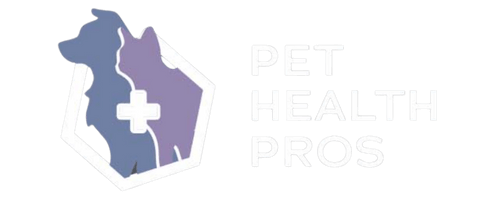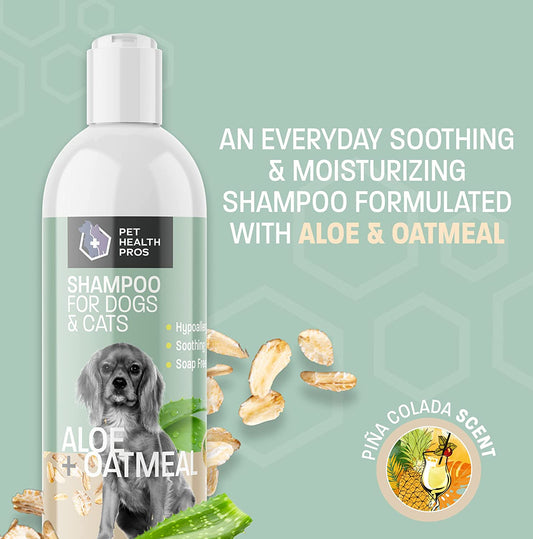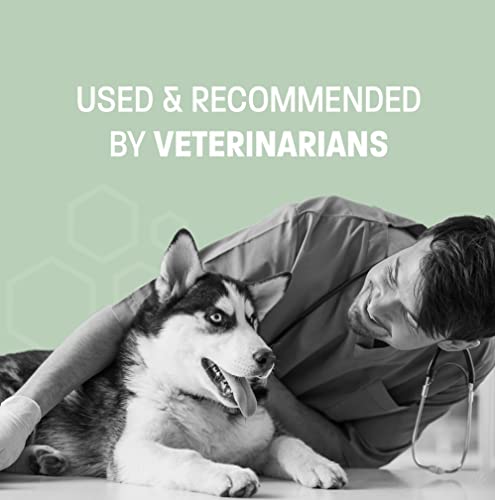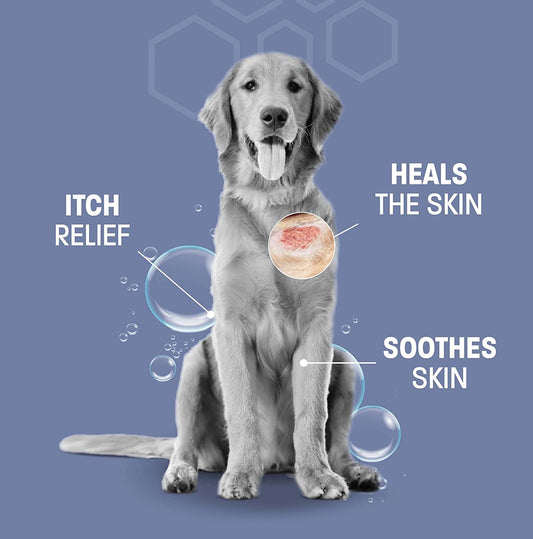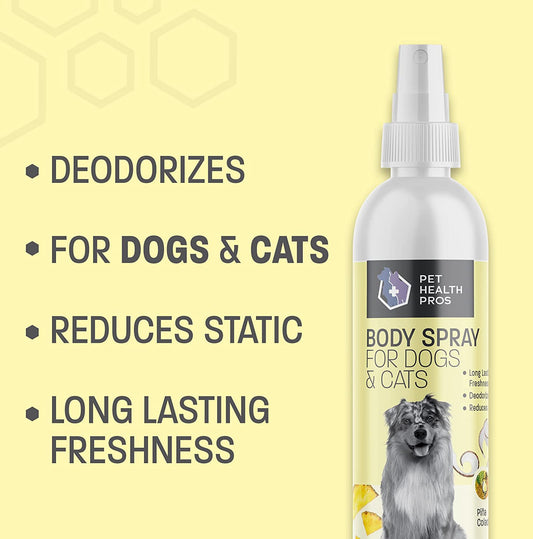Stool eating, also known as coprophagia, is a common but troubling behavior in dogs. Many dog owners find it confusing and unpleasant. Understanding why this happens and learning how to stop it is important for keeping your pet healthy and happy. This article will explore the reasons behind stool eating and offer practical solutions to help you tackle this issue.
Key Takeaways
- Understanding the reasons why dogs eat stool can help in finding the right solution.
- Making changes to your dog's diet can discourage them from eating stool.
- Training and positive reinforcement are effective in changing this behavior.
- In some cases, medical intervention may be necessary to address underlying health issues.
- Consistency and long-term preventive measures are crucial for success.
Understanding Why Dogs Eat Stool
Natural Instincts and Behavioral Factors
Dogs sometimes eat stool due to their natural instincts. In the wild, mother dogs clean their puppies by eating their waste. This behavior can carry over to domestic dogs. Behavioral problems can also lead to stool eating, such as boredom or seeking attention.
Medical Reasons for Stool Eating
Medical issues can be a cause for stool eating in dogs. Conditions like malabsorption, parasites, or other digestive problems can make dogs eat stool. If your dog suddenly starts this behavior, it's important to consult a vet to rule out any health issues.
Psychological Triggers in Dogs
Psychological factors can also play a role. Dogs may eat stool due to stress, anxiety, or changes in their environment. Addressing these psychological triggers can help in reducing this behavior.
Understanding the reasons behind stool eating is the first step in addressing the issue effectively.
Nutritional Adjustments to Prevent Stool Eating
Dietary Changes to Discourage Stool Eating
One of the first steps to stop stool eating in dogs is to make some changes to their diet. Switching to a high-quality dog food can make a big difference. Look for foods that have real meat as the first ingredient and avoid fillers like corn and soy. Adding more fiber to your dog's diet can also help. Fiber helps to make the stool less appealing to dogs. You can add fiber by giving your dog vegetables like carrots or green beans.
Supplements That Can Help
There are certain supplements that can help stop stool eating. Probiotics are one option. They help to balance the good bacteria in your dog's gut, which can reduce the urge to eat stool. Another option is to add a supplement that makes the stool taste bad to the dog. These supplements are usually available at pet stores.
Hydration and Its Role
Hydration is very important for your dog's health. If your dog is not drinking enough water, it can lead to hard stools, which can be uncomfortable for your dog. Make sure your dog always has access to fresh water. You can also add water to your dog's food to help keep them hydrated. Hydration and fiber are key to maintaining optimal stool consistency.
Training Techniques to Stop Stool Eating
Positive Reinforcement Methods
Positive reinforcement is a powerful tool in training dogs. Reward your dog with treats or praise when they ignore stool. This encourages good behavior and helps them understand what is expected. Consistency is key, so make sure to reward them every time they do the right thing.
Commands and Distractions
Teaching your dog commands like "leave it" or "come" can be very effective. When you see your dog approaching stool, use the command to redirect their attention. You can also use toys or other distractions to keep them engaged and away from stool.
Consistency in Training
Being consistent with your training methods is crucial. Make sure everyone in the household uses the same commands and rewards. This helps your dog learn faster and reduces confusion. Training should be a daily routine to reinforce good behavior.
Training your dog to stop eating stool takes time and patience, but with consistent effort, it can be achieved.
Medical Interventions and When to See a Vet
Identifying Underlying Health Issues
If you see your dog eating stool, it is important not to become alarmed, punish the dog, or scare the dog. Identifying the root cause is crucial. Sometimes, dogs eat stool due to health problems like parasites, digestive issues, or malabsorption. A vet can run tests to find out if any of these issues are present.
Medications That May Help
In some cases, medication can help stop stool eating. Your vet might prescribe drugs to improve digestion or treat infections. These medications can make the stool less appealing to your dog. Always follow your vet's advice when giving your dog any medication.
Professional Guidance and Support
Sometimes, you need extra help to stop this behavior. A vet can offer professional guidance and support. They can suggest behaviorists or trainers who specialize in this issue. Working with experts can make a big difference in solving the problem.
It's important to remember that stool eating, or coprophagia, can be a sign of an underlying issue. Always consult your vet to ensure your dog is healthy and happy.
Environmental Management Strategies
Keeping the Yard Clean
One of the most effective ways to prevent your dog from eating poop is through environmental management. Regularly clean your yard to remove any feces. This reduces the chances of your dog finding and eating stool. A clean yard is a safer yard for your dog.
Supervised Outdoor Time
When your dog is outside, keep an eye on them. Supervised outdoor time helps you intervene if they try to eat stool. This also allows you to correct the behavior immediately, reinforcing good habits.
Using Deterrents and Barriers
Use deterrents and barriers to keep your dog away from areas where they might find stool. For example, during your walks, you should keep your dog on a leash to control their movements. You can also use taste deterrents on feces to make it unappealing for your dog.
Consistent supervision and a clean environment are key to preventing stool eating in dogs.
Behavioral Therapy and Professional Help
Working with a Canine Behaviorist
A canine behaviorist can be a valuable resource when dealing with stool eating in dogs. These professionals are trained to understand and modify dog behavior. They can create a customized plan to address the specific needs of your pet. This plan often includes identifying triggers and implementing strategies to discourage the behavior.
Behavior Modification Programs
Behavior modification programs are structured approaches designed to change undesirable behaviors in dogs. These programs typically involve a combination of training techniques, environmental management, and sometimes, medical interventions. The goal is to replace the stool-eating habit with more acceptable behaviors. Consistency is key in these programs, as it helps reinforce the new behaviors.
Support Groups and Resources
Support groups and resources can provide additional help and encouragement for dog owners dealing with stool eating. These groups often share tips, success stories, and offer emotional support. They can be found online or through local pet organizations. Being part of a community can make the process less overwhelming and more manageable.
Seeking professional help can make a significant difference in stopping stool eating in dogs. It provides a structured approach and access to expert advice, making the journey easier for both you and your pet.
Preventive Measures for Long-Term Success
Regular Health Check-Ups
Regular visits to the vet are crucial for your dog's health. These check-ups help identify any underlying health issues early on. Routine exams can catch problems before they become serious, ensuring your dog stays healthy and happy.
Maintaining a Balanced Diet
A well-balanced diet is essential for preventing stool eating. Make sure your dog gets all the necessary nutrients. Sometimes, adding a coprophagia deterrent like For-Bid can help. This product has been setting the industry standard for over 40 years.
Ongoing Training and Reinforcement
Consistency is key when it comes to training. Use positive reinforcement to encourage good behavior. Commands and distractions can also be effective. Keep training sessions short and fun to maintain your dog's interest.
Long-term success in preventing stool eating requires a combination of regular health check-ups, a balanced diet, and consistent training. By following these steps, you can help your dog break this habit for good.
Taking care of your pet's health today can prevent problems in the future. Simple steps like regular vet visits, a balanced diet, and proper grooming can make a big difference. For more tips and products to keep your pet healthy, visit our website.
Conclusion
In conclusion, stopping your dog from eating stool is possible with the right approach. By understanding the reasons behind this behavior, you can choose the best solutions to address it. Whether it's changing their diet, providing more exercise, or using deterrents, consistency is key. Remember, patience and persistence will pay off. With time and effort, you can help your dog break this habit and improve their overall health and well-being.
Frequently Asked Questions
Why does my dog eat poop?
Dogs might eat poop due to natural instincts, health issues, or psychological reasons like anxiety.
Can changing my dog's diet help stop stool eating?
Yes, adjusting your dog's diet can help. Adding more fiber or using special supplements might discourage this behavior.
What training methods work best to stop my dog from eating poop?
Positive reinforcement, teaching commands, and distracting your dog can be very effective. Consistency is key.
When should I take my dog to the vet for eating stool?
If your dog keeps eating poop despite your efforts, or shows signs of illness, it's time to see the vet.
Are there any medical treatments for stool eating in dogs?
Some medications might help, especially if there's an underlying health issue. Your vet can guide you on this.
How can I manage my dog's environment to prevent stool eating?
Keep your yard clean, supervise your dog when outside, and use deterrents or barriers to limit access to poop.
